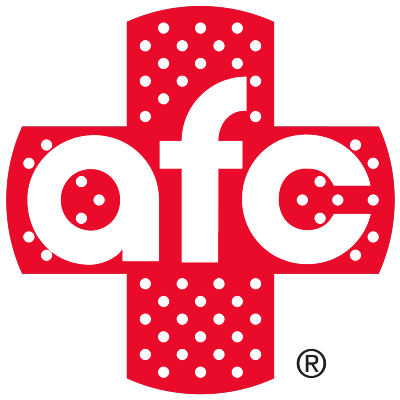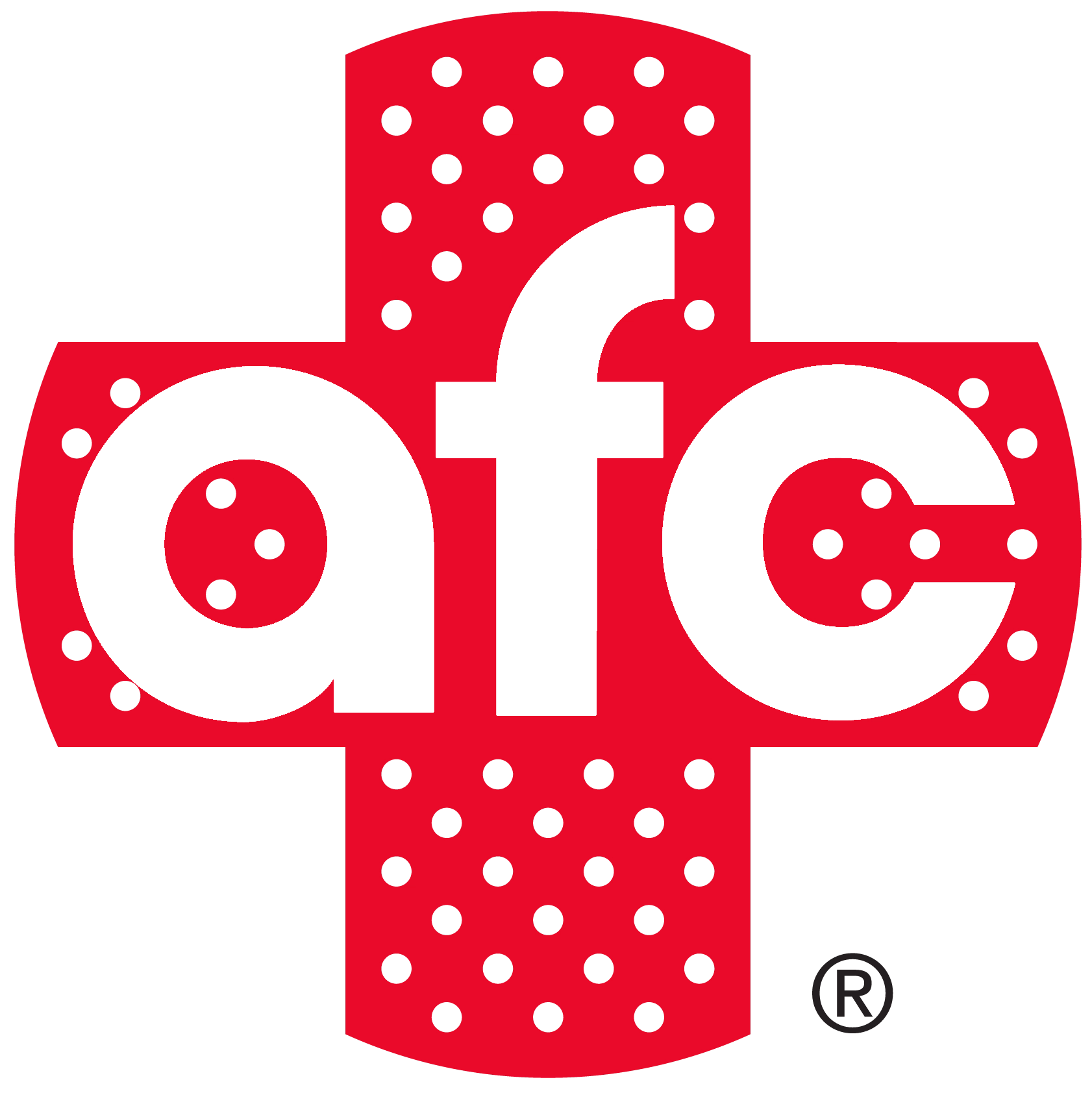AFC Urgent Care SW Charlotte Pulled, Strained, Sprained, Broken Bones
CALL US TODAY | (704) 228-1784
Find The Location Nearest Covid-19 Testing
We think you’re located in zip code 28217. Not Right?
Sprains and Strains
Partial casting & splinting for fractures, strains, sprains and dislocations – SW Charlotte
If you think you have a fracture, sprain, strain or broken bone, visit AFC Urgent Care on Tyvola Road for x-rays and prompt, quality care. No appointment necessary. *Call 911 for life-threatening emergencies.

Have you recently suffered a bone-related injury? At AFC Urgent Care we are here to help. Ignoring a broken, sprained or dislocated bone can lead to long-term damage, further pain and sensitivity. That’s why we offer medical visits with experienced technicians and on-site x-rays. Plus, our clinics are equipped with braces, boots and splints to provide you with quick relief. Let AFC Urgent Care get you back on the path to recovery as quickly as possible.
Knowing the differences between injuries caused by a fall or accident can help you understand how to properly treat their symptoms.
Do all breaks & fractures need to be casted?
In many situations, a break or fracture requires a cast in order to heal correctly. However, there are some instances where a fracture can be healed with just rest and time. It is essential to keep in mind that there are various types of fractures and levels of seriousness.
Types of Fractures
There are two major types of fractures: incomplete and complete.
Incomplete fractures are further divided into two categories – a buckle fracture where one side of the bone is bent without breaking, and a greenstick fracture where one side of the bone is broken while the other is bent.
Complete fractures, on the other hand, break through the bone, and there are several types of complete fractures, including:
-
- A closed fracture is a broken bone that does not go through the skin, while an open or compound fracture happens when the break punctures the skin.
- A non-displaced fracture has the broken pieces still in line, while a displaced fracture has the pieces not lining up.
- Segmental fractures occur when three or more bone fragments have been broken, while comminuted fractures involve the bone shattering into several smaller pieces. In either instance, surgery is usually necessary to ensure the bone is realigned and healing is complete.
Surgery is usually required for displaced, segmental, and comminuted fractures in order to ensure complete healing.
Fracture vs. Hairline Fracture
A fracture is a break in a bone, while a hairline fracture, also known as a stress fracture, is a thin crack in a bone. Both fractures can cause pain, swelling and difficulty moving the affected area. However, a hairline fracture may not be as noticeable as a full fracture and may only be visible on an X-ray.
To diagnose a fracture or hairline fracture, one of our x-ray technicians will perform a digital x-ray to correctly diagnose your injury. Treatment for a fracture or hairline fracture may include immobilization with a cast or splint, pain medication and physical therapy. In critical cases, surgery may be necessary to repair the fracture.
Sprain vs. Strain
A sprain is an injury to a ligament, which is a band of tissue that connects two bones together. Symptoms of a sprain may include pain, swelling, bruising, and difficulty moving the affected joint. Sprains are typically caused by a sudden twist or turn.
A strain is an injury to a muscle or tendon, which is a cord of tissue that connects a muscle to a bone. Symptoms of a strain may include muscle spasms, weakness, cramping, and pain. Strains are often caused by overuse or overextension.
To determine the extent of the injury, a doctor may recommend an X-ray, MRI, or CT scan. Treatment for a sprain or strain may include rest, ice, compression, and physical therapy.
How do I know if I broke my collarbone?
Common symptoms of a broken collarbone may include pain, swelling, bruising, and difficulty moving your arm. You may also feel a grinding sensation or hear a popping noise when the injury occurs. However, it’s always best to consult a physician for accurate diagnosing and x-rays.
Treatment for a broken collarbone may include immobilization with a sling or splint, pain medication and physical therapy. Extreme injuries may require surgery.
If you think you may have broken your collarbone, it is important to see a doctor as soon as possible. At AFC Urgent Care, we always have an x-ray technician on-site, so you don’t have to wait long when you have an injury.
What is Tendonitis?
Tendonitis is the inflammation of a tendon. Tendonitis is often caused by overuse or repetitive strain on the tendon. Tendonitis can occur in any part of the body but is most common in the shoulder, elbow, wrist, hip, knee and ankle.
Symptoms of tendonitis can include pain, swelling and tenderness in the affected area, as well as difficulty moving the joint. Treatment for tendonitis tries to reduce inflammation and usually includes rest, ice, physical therapy and medications.
Treatment for Minor Injuries at AFC Urgent Care Tyvola Rd
At AFC Urgent Care, we’re ready to help when unexpected injuries occur. Our clinics are equipped with state-of-the-art digital x-ray machines and are staffed by certified radiological technologists and trained medical providers. We also offer second opinions on x-rays if needed. To help you recover quickly, we have boots, braces and stents available. Plus, we can refer you to physical therapists and orthopedic doctors for further diagnosis and treatment.
 How Can We Help?
How Can We Help?
- PATIENT SERVICES
- COVID-19 SERVICES
- TELECARE
- EMPLOYER RESOURCES
- PATIENT RESOURCES
- ABOUT US
AFC Urgent Care FAQs
-
Why choose AFC for Urgent Care?
With state-of-the-art centers and a professional medical team, AFC provides on-site X-rays, labs, procedures, and more!
-
What's the difference between AFC Urgent Care and emergency room services?
Urgent care is for medical conditions that require prompt attention but do not pose an immediate threat to your health or life. Here is a simple rule of thumb: if your medical issues(s) are life threatening, call 911, or go directly to a hospital emergency room. If not, an urgent care center such as AFC is an excellent alternative.
Q&A You Want to Answer?

Don't wait to get the medical attention you need.
CALL US TODAY | (704) 228-1784


